On a grey October morning, along a Berkshire lane leading up to the Ridgeway amid fields stuffed with pheasant, 30 of us joined a mini-pilgrimage. The former champion jockeys Graham Thorner and Stan Mellor had made it along with Marcus Armytage, who won the Grand National on Mr Frisk. There, too, were a cluster of racing historians including Chris Pitt and John Pinfold. More importantly, the former trainer John Kempton and the former jockey John Buckingham were present with the author David Owen for the unveiling of a plaque to a horse whose name will never be forgotten in jump racing: Foinavon was the 100–1 winner of the 1967 Grand National after he and jockey Buckingham alone avoided the 23rd fence pile-up that devastated the field. Until then commentators only ever referred to the 23rd as ‘the fence after Becher’s’. Since then it has been ‘the Foinavon fence’.
It was in the Grey Ladies livery yard near Compton, in those days known as Chatham Stables, that Foinavon shared a box with a goat called Susie (who accompanied him to Aintree) and where his body lies buried. For all of us the ceremony triggered memories of that 1967 National. John Kempton, Foinavon’s young trainer who later quit racing to run diving boats, did not go with Foinavon to Aintree that day. He preferred to ride the stable’s best hope, the hurdler Three Dons, in a race at Worcester. At least he won. Head lad Colin Hemsley also chose Worcester. So did box driver Geoff Stocker. In 1967, he told us, he had tossed with colleague Tony Hutt over who should drive to Aintree. Stocker won — and chose Worcester. Stable lad Clifford Booth led up the National winner and suffered a real hard-luck story. After letting go horse and jockey for the start, he joined the Tote queue to back Foinavon — and was still queuing when the tapes went up.
‘I’m here to represent the jockeys who got out of the way,’ said Stan Mellor. His mount, The Fossa, put on the brakes amid the mêlée and ejected him on to the top of the fence. He recalls now, ‘I was the only one who didn’t find his horse afterwards.’ He thought he saw The Fossa’s distinctive blue saddlecloth and ran to the Canal Turn to catch him and remount, only to discover it was the wrong animal. His recollection prompted Graham Thorner’s memory of a day of many fallers in a Wincanton novice chase. Swiftly up again on his feet, he grabbed the horse waiting nearby and rode him into third place — only to discover that it was not the mount he had started with but another jockey’s horse.
Stan’s theory was that the carnage at the 23rd happened because it was the fence after Becher’s where the landing ground drops away. ‘It’s like going downstairs and finding a step isn’t there.’ The loose horses, he reckons, had been scared by that and tried to run out before the next. But there was no exit chute and they came back at a trot sideways across the approaching field to create pandemonium for the 28 remaining riders.
The full story of Foinavon’s Grand National and of the people who owned, trained and worked around him has now been skilfully woven together by David Owen, the master of ceremonies at the unveiling, in Foinavon: The story of the Grand National’s Biggest Upset (Wisden, £18.99). The day we met up, Foinavon’s cool jockey on the big day, John Buckingham, now retired from the weighing-room after several decades as a jockey’s valet, insisted that even without the mêlée Foinavon would have been in with a chance: ‘We were always going well.’ Perhaps Foinavon did win because he was the slowest horse in the race, but going for the gaps then hanging on in isolation over the last six fences required skill from the jockey and courage from the horse.
David Owen’s researches reveal, too, why Foinavon was more likely than some other horses to cope in such a situation. He was a laid-back, relaxed kind of horse never fazed by anything. In his early days as a stablemate of Arkle in Tom Dreaper’s yard (and owned like him by Anne Duchess of Westminster), Foinavon fell one day at Ballydoyle with Pat Taaffe. As the jockey was getting himself back together, he saw Foinavon still lying down and taking the opportunity to have a nice munch of grass: ‘He was that kind of horse. If he had been a man, he would have spent his days hands in pockets whistling through his teeth and scuffling the dust.’
David’s Owen’s book, a model of its kind, is far more than the story of one horse and one race. Studded with anecdotage, it is an insightful mini social history with entertaining diversions into the history of Aintree and its longtime owner Mirabel Topham, and into the weight-loss methods and the injuries suffered by National Hunt jockeys. Alas, my only contribution at Aintree on that famous day was backing Popham Down, the horse who caused all the trouble.
Got something to add? Join the discussion and comment below.
Get 10 issues for just $10
Subscribe to The Spectator Australia today for the next 10 magazine issues, plus full online access, for just $10.
You might disagree with half of it, but you’ll enjoy reading all of it. Try your first month for free, then just $2 a week for the remainder of your first year.

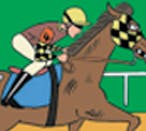
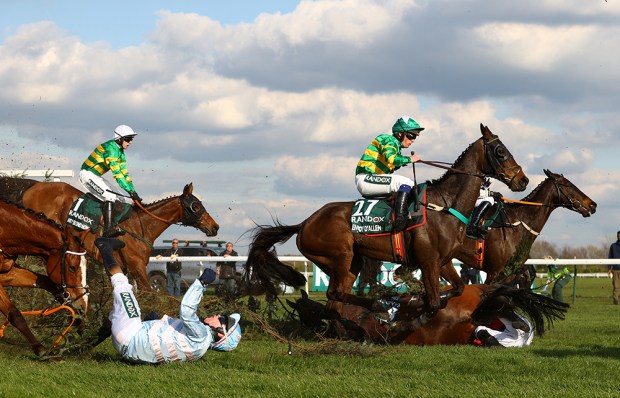
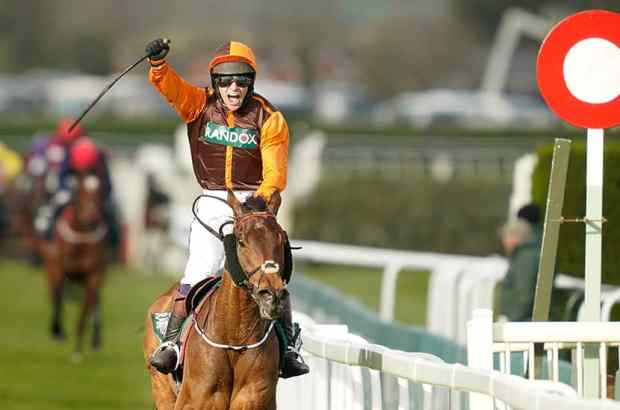
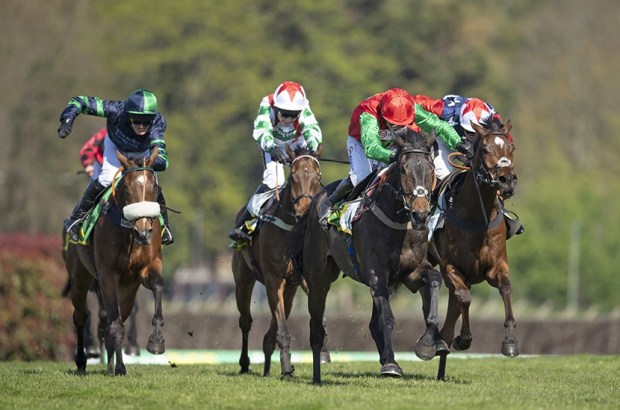
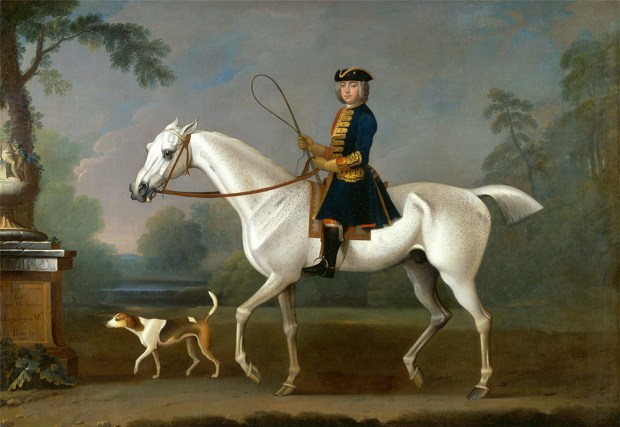
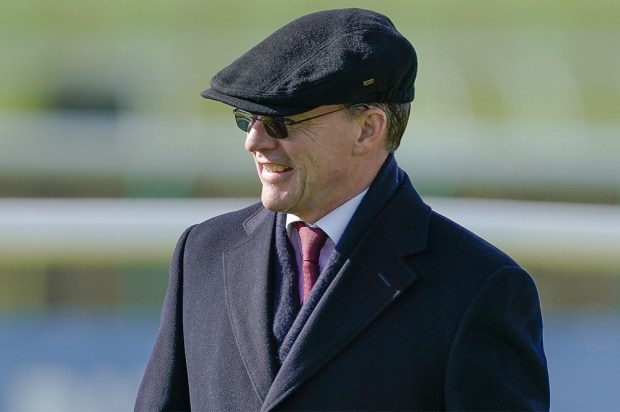
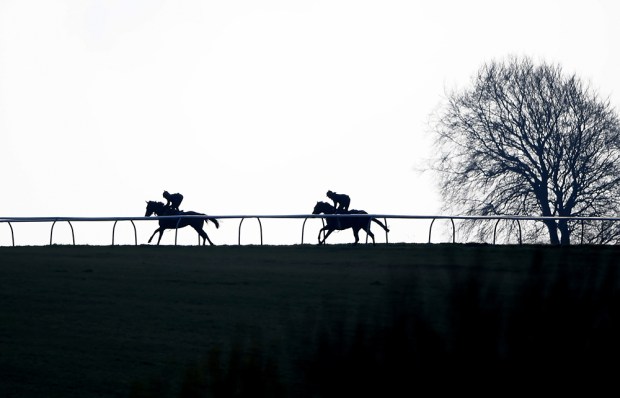






Comments
Don't miss out
Join the conversation with other Spectator Australia readers. Subscribe to leave a comment.
SUBSCRIBEAlready a subscriber? Log in